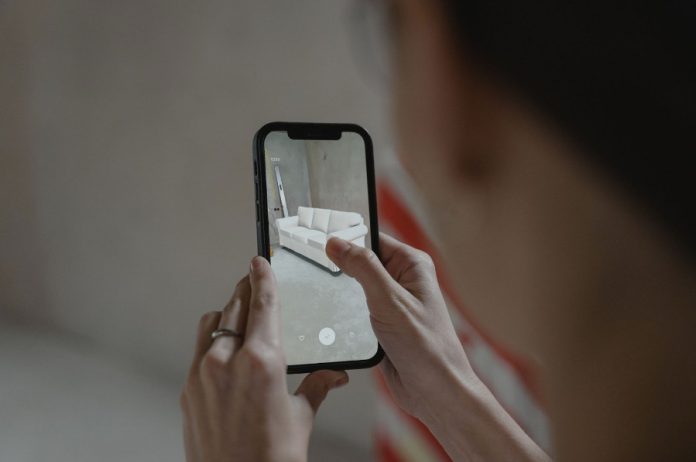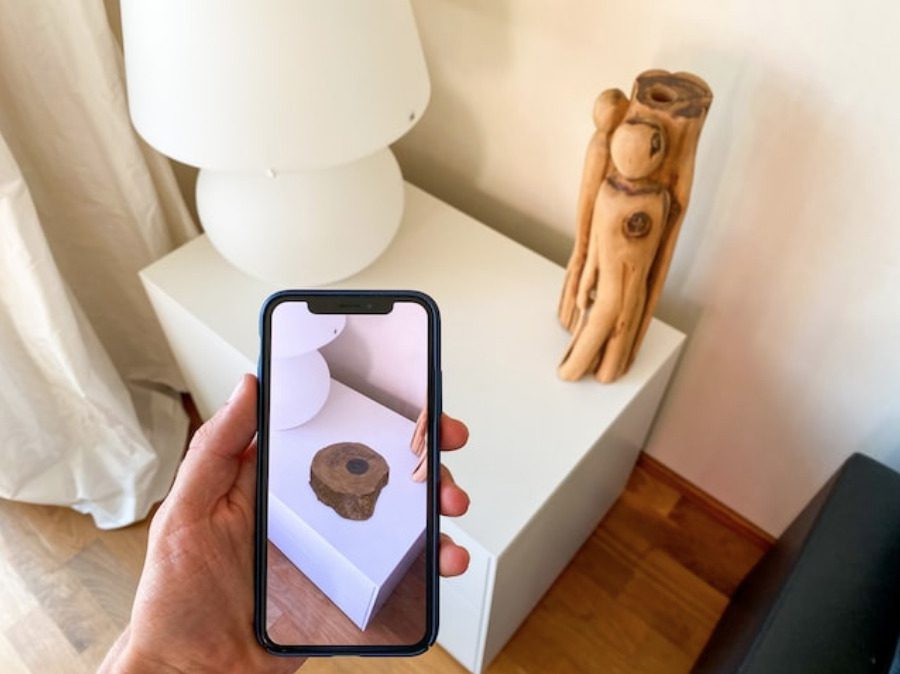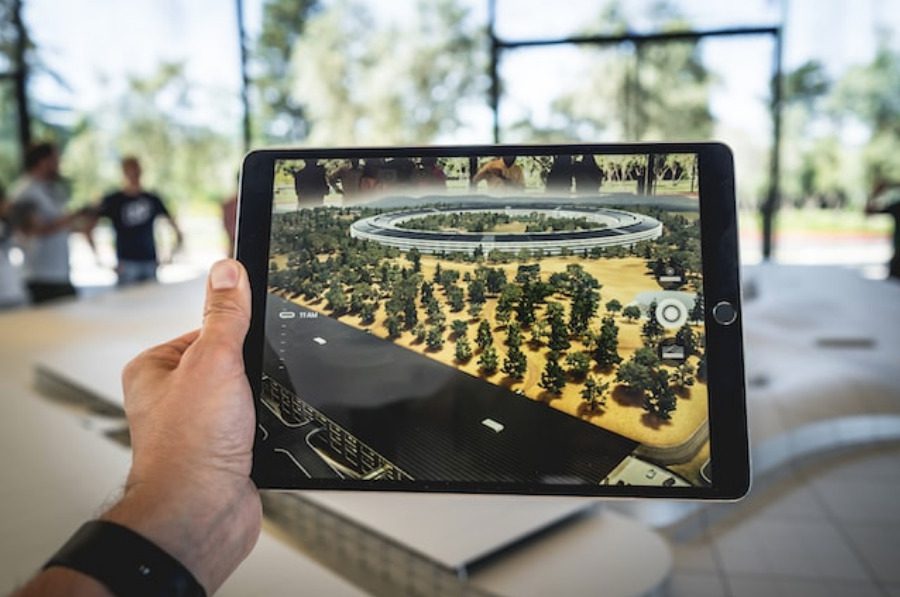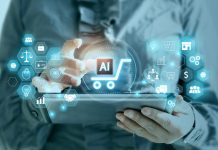Every business strives to find new ways to increase revenue, attract talent, and improve both internal and external business processes. Without the technologies that are used today, this would hardly be possible. Today, companies in various fields of activity, from retail to the construction business, use available advanced technologies.
Augmented reality is one of the technologies that various businesses are now interested in. The growing interest in this technology is because specialists from various fields of activity are constantly finding new ways to use it in various companies’ work. AR in business can increase the efficiency of companies, both in interaction with customers and in improving internal processes.
Two years ago, only one percent of merchants invested in this technology to improve the customer experience. However, this market is expected to exceed $50 billion in two years. These interesting facts suggest that the trend of using augmented reality in business will only grow in the future.
In business, it all comes down to fierce competition. If you don’t keep up with those technologies that can be beneficial for you, then you risk falling behind those who are not sitting idly by. You can already invest in the implementation of this technology for your business today. All you have to do is learn more about augmented reality software development and how such software can take your business to the next level.
If you still doubt that this decision is the right one, then we will talk about how companies in various fields of activity can use the advancement of this technology. In addition, we will also talk about what is the difference between this technology and virtual reality if you confuse them.
How does it differ from VR technology?
In order not to go into deep details, virtual reality serves as a means of isolation from the real world. Users can plunge into a completely new world, exciting and mysterious, and isolate themselves from what is happening in reality. However, users need to use special equipment for that.
Unlike this technology, augmented reality does not offer users to plunge into another virtual world. It only serves as a means to improve and expand the existing reality.
Use cases
E-commerce and retail business
The priority of companies occupied in the e-commerce and retail business is and will always be to improve the shopping experience. To do this, many companies are investing in the creation of chatbots based on artificial intelligence, which allows them to provide 24/7 support to customers. In addition, companies try to offer a personalized approach, a unique experience, and much more.
The most important thing that retailers want to achieve is that customers are satisfied with the product and also become loyal. Often, customer dissatisfaction is related to the quality of the product or the fact that the product does not meet their expectations. Sometimes buyers make images of products on the Internet look better than they really are.
Many retailers have resorted to using AR apps for their stores. Customers can launch the app, select a product and see how it will look in real life, whether it be clothes, shoes, furniture, etc.
The following companies have already resorted to this solution:
- Home Depot;
- IKEA
- Wayfair;
- Nike;
- Sephora;
- Warby Parker.
Buyers do not need to rack their brains to understand whether a product is suitable for them or not. They can, without leaving home, see if the design of the chair will suit their living room, if the color of the dress will match the color of the hair if the frame of the glasses will suit the shape of the face. In this way, sellers can not only provide buyers with an unrivaled experience but also reduce the number of refunds.
Manufacturing
Now it is hardly possible to find any plant or factory where various robots and machines would not be used. This allows companies to automate a plethora of tasks. However, factories still do not work without qualified specialists. The connection between robotic processes and people can be enhanced using augmented reality.
The technology system allows projecting work instructions, which eliminates the need for specialists to clarify information or consult with other specialists. Thus, even novice specialists can effectively perform their work stage by stage without fail. Moreover, this technology makes it possible to maintain devices and machines properly. Specialists can receive data on the last time the equipment was serviced, its condition, and much more.
The following manufacturers have found this technology particularly useful:
- Rockwell Automation;
- Bosch;
- Linde;
- BMW.
Product design
How often do designers, as well as engineers, make changes to a product before they get the perfect result? Every product design company understands that there can be dozens, hundreds, and even thousands of changes. The problem with many companies in this industry is that this process is particularly time-consuming and also costly.
To this day, many designers develop products using computer programs and applications. However, no matter how well the application or program works, in reality, specialists can get something completely different from what they developed in the program. Augmented reality helps to visualize the product in a certain context to the smallest detail. This technology allows companies to be able to see how the end product should turn out. But more than that, it allows manufacturers to make changes at any stage of production.
Training and skills development
Learning is not easy for anyone. Textbooks and pictures are boring and not interesting. The learning process should be engaging so that students or new employees pick up information as soon as they learn it.
This technology can significantly improve the learning process by creating engaging digital content. The visual representation of learning materials is the best tool for knowledge retention.
Already, AR is being used to improve the effectiveness of learning and skill development in various industries. These include the following:
- Classroom education;
- Space industry;
- Medical training;
- Military education;
- Manufacturing training;
- Health and safety training.
Conclusion
Looking at how various industries are taking advantage of the opportunities provided by augmented reality technology, one can see impressive results. The technology helps to increase efficiency and productivity and reduce operating costs for companies in various fields of activity. In the future, use cases will only increase since the potential of the technology is not fully disclosed.





































